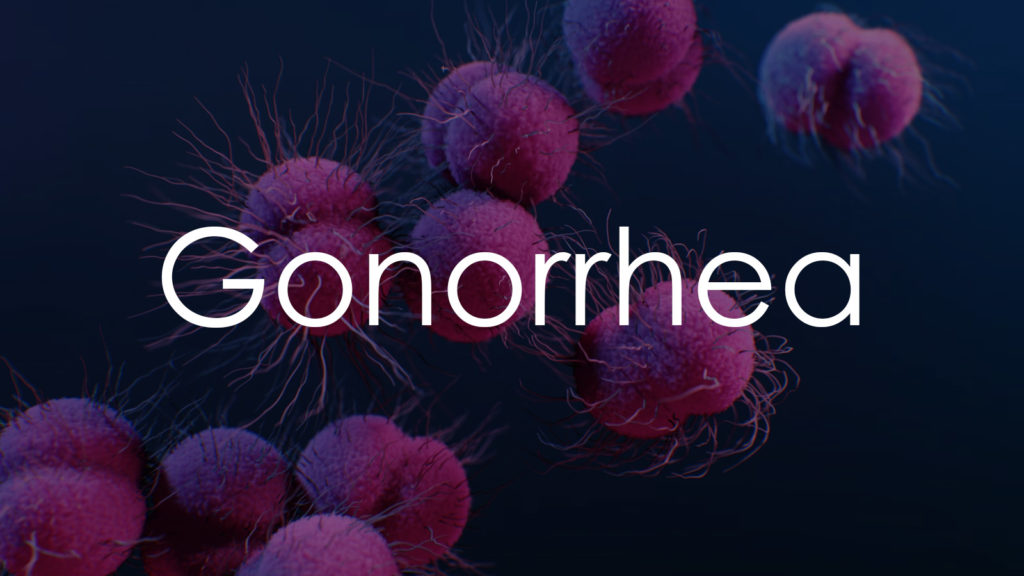Gonorrhea, recognized as a common sexually transmitted infection (STI), poses a significant challenge to sexual health worldwide. Caused by the bacterium Neisseria gonorrhoeae, it predominantly affects the reproductive system, but can also impact other body parts like the throat, eyes, and rectum. Despite advances in healthcare, gonorrhea remains a major public health concern due to its high prevalence, especially in young adults and adolescents. This article delves into the various aspects of gonorrhea, from its causative factors and modes of transmission to its symptoms, diagnosis, treatment, and preventive measures. Understanding gonorrhea is essential for effective disease management and for reducing its impact on global sexual health.

Causes
Gonorrhea is caused by the bacterium Neisseria gonorrhoeae, which infects mucous membranes of the body.
- Neisseria Gonorrhoeae: This bacterium is highly adaptive and primarily targets the mucous membranes of the urogenital tract, rectum, throat, and eyes. It thrives in warm, moist areas of the reproductive tract, including the cervix, uterus, and fallopian tubes in women, and in the urethra in both men and women.
- Transmission Modes:
- Sexual Contact: The primary mode of transmission is through sexual contact, including vaginal, anal, and oral sex. The bacterium can be transmitted even when an infected individual shows no symptoms.
- Perinatal Transmission: Pregnant women with gonorrhea can pass the infection to their babies during childbirth, potentially causing serious health issues for the newborn.
Symptoms
Gonorrhea can cause different symptoms in men and women, and in many cases, it may be asymptomatic.
- Symptoms in Men:
- Urogenital Symptoms: Include a burning sensation when urinating, a white, yellow, or green discharge from the penis, and painful or swollen testicles.
- Anal Symptoms: Discomfort, itching, soreness, and discharge may occur with rectal infections.
- Oral Symptoms: Sore throat and difficulty swallowing may occur with oral infections.
- Symptoms in Women:
- Urogenital Symptoms: Increased vaginal discharge, painful urination, vaginal bleeding between periods, and pelvic pain are common symptoms.
- Anal and Oral Symptoms: Similar to men, anal infections may cause discomfort and discharge, and oral infections can lead to a sore throat.
- Asymptomatic Infections:
- Many individuals with gonorrhea do not exhibit symptoms, particularly women. Asymptomatic individuals are a key factor in the spread of the disease, as they may not be aware of their infection and can transmit the bacterium to sexual partners.
- Complications:
- If left untreated, gonorrhea can lead to serious health problems. In women, it can cause pelvic inflammatory disease (PID), which can lead to infertility and ectopic pregnancy. In men, it can lead to epididymitis, which can also result in infertility. Gonorrhea also increases the risk of acquiring or transmitting HIV.
Diagnosis
Effective diagnosis is critical for the proper management and treatment of gonorrhea.
- Diagnostic Methods:
- Nucleic Acid Amplification Tests (NAATs): These are the most sensitive and specific tests for gonorrhea. They can detect the genetic material of Neisseria gonorrhoeae in urine samples or swabs from the affected area.
- Culture Techniques: Culturing samples from the cervix, urethra, throat, or rectum can identify the bacteria. Cultures are especially useful for determining antibiotic resistance.
- Importance of Screening and Early Diagnosis:
- Regular screening is recommended for sexually active individuals, especially those with multiple partners, as early detection can prevent serious complications. Screening is also crucial for pregnant women to prevent perinatal transmission.
Treatment
Gonorrhea treatment has evolved due to the emergence of antibiotic-resistant strains.
- Current Recommended Treatment Regimens:
- The CDC currently recommends a dual therapy consisting of two antibiotics: ceftriaxone and azithromycin. This combination is effective against most strains of Neisseria gonorrhoeae and helps slow the development of resistance.
- Challenges of Antibiotic Resistance:
- The growing problem of antibiotic-resistant gonorrhea strains makes treatment more complex. Ongoing surveillance and research are necessary to adapt treatment strategies as resistance patterns evolve.
Prevention
Prevention strategies are essential to reduce the spread of gonorrhea.
- Strategies for Prevention:
- Safe Sex Practices: Consistent and correct use of condoms during sexual activity significantly reduces the risk of transmission.
- Regular STI Screening: Routine screenings for sexually active individuals help in early detection and treatment, preventing further spread.
- Education: Increasing public awareness about the risks of STIs and the importance of safe sex practices is crucial in prevention efforts.
- Role of Public Health Initiatives:
- Public health initiatives play a key role in controlling the spread of gonorrhea. These include educational campaigns, providing access to condoms and sexual health services, and tracking and responding to outbreaks of the infection.
Overall, managing gonorrhea effectively requires a combination of accurate diagnosis, appropriate treatment, preventive measures, and ongoing public health efforts to monitor and respond to antibiotic resistance trends.
Conclusion
In summary, gonorrhea continues to be a prevalent STI with significant implications for individual health and public health systems. The disease’s complexity, compounded by the emergence of antibiotic-resistant strains, underscores the need for enhanced awareness, responsible sexual behavior, and adherence to treatment protocols. The importance of regular screening, especially in sexually active populations, cannot be overstated, as early detection is crucial for effective treatment and prevention of complications. Public health initiatives, including education, accessible testing, and treatment services, play a vital role in controlling the spread of gonorrhea. Moreover, ongoing research and surveillance are imperative to address the challenges posed by antibiotic resistance, ensuring that treatment remains effective. Ultimately, a combined effort involving informed individuals, healthcare providers, and public health policies is essential to tackle the ongoing challenge of gonorrhea effectively.